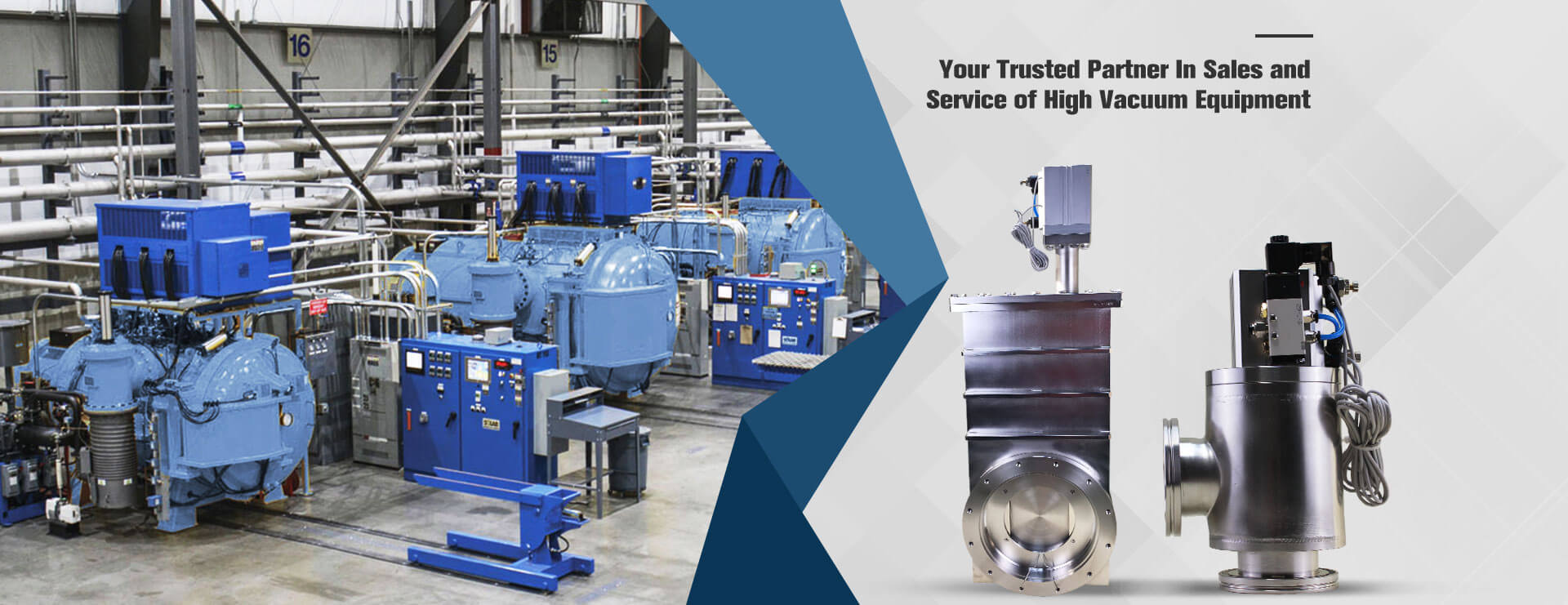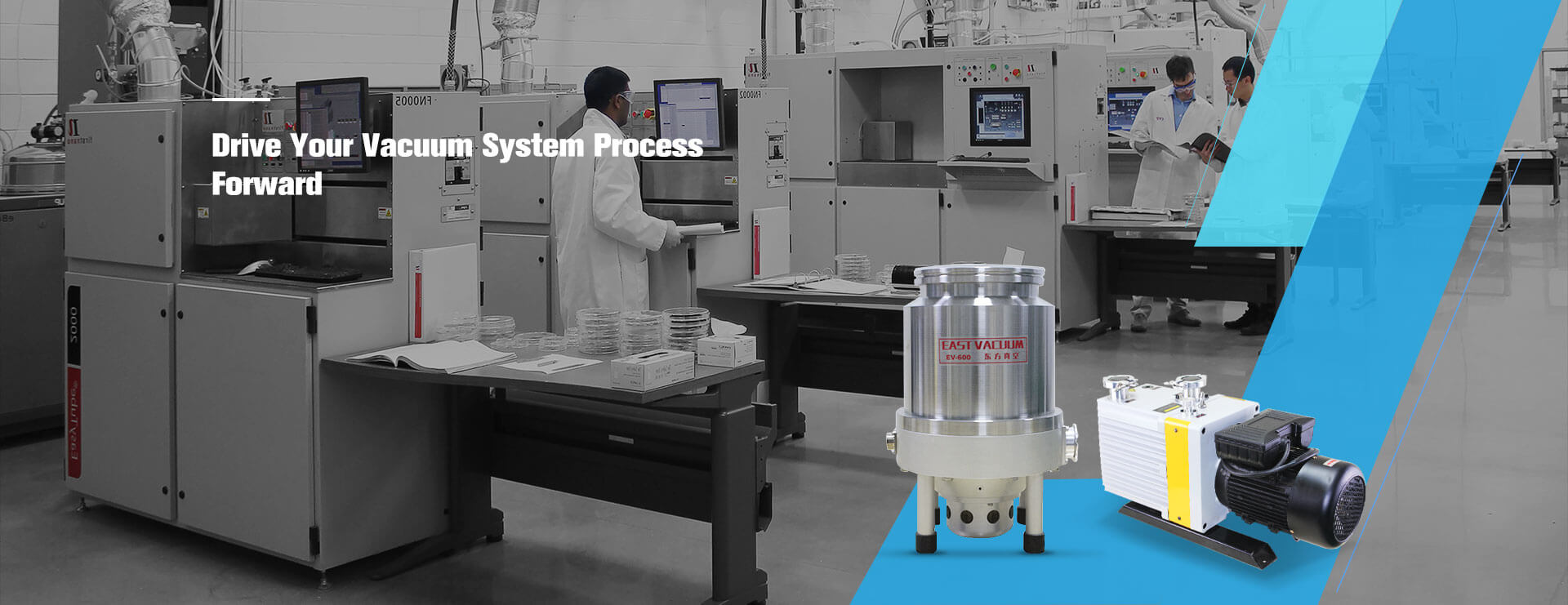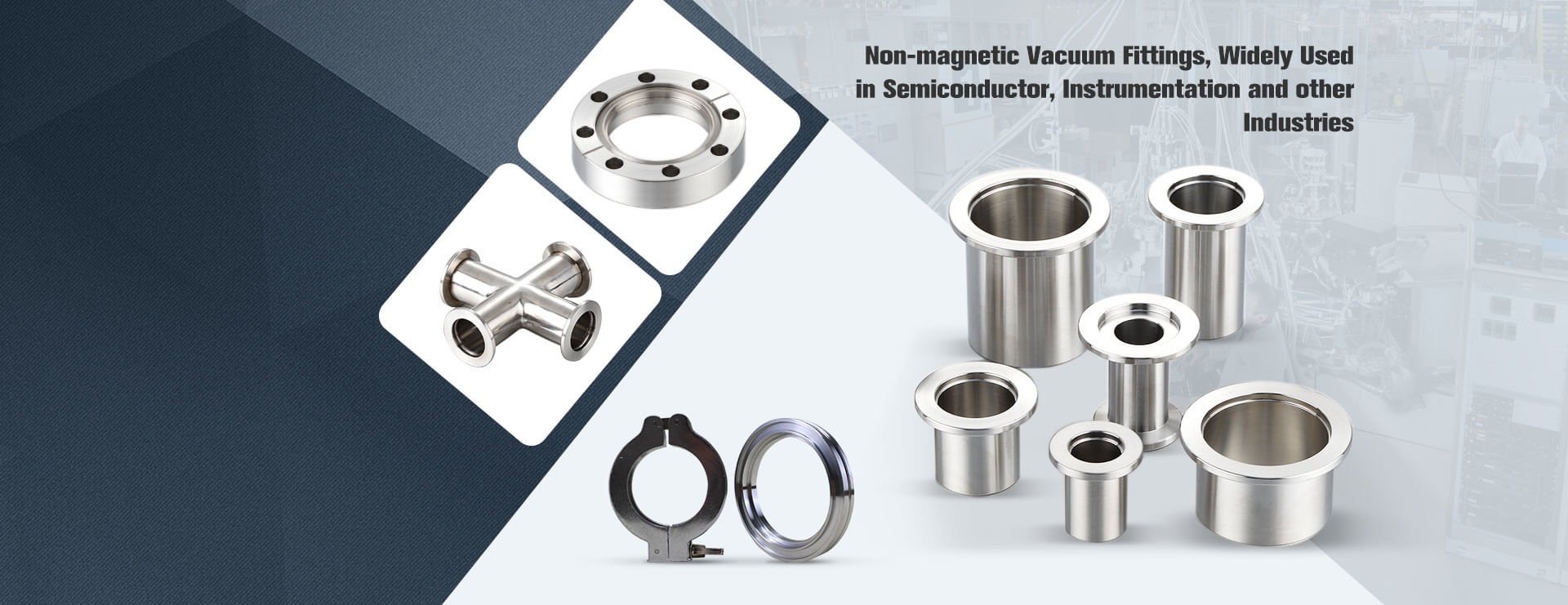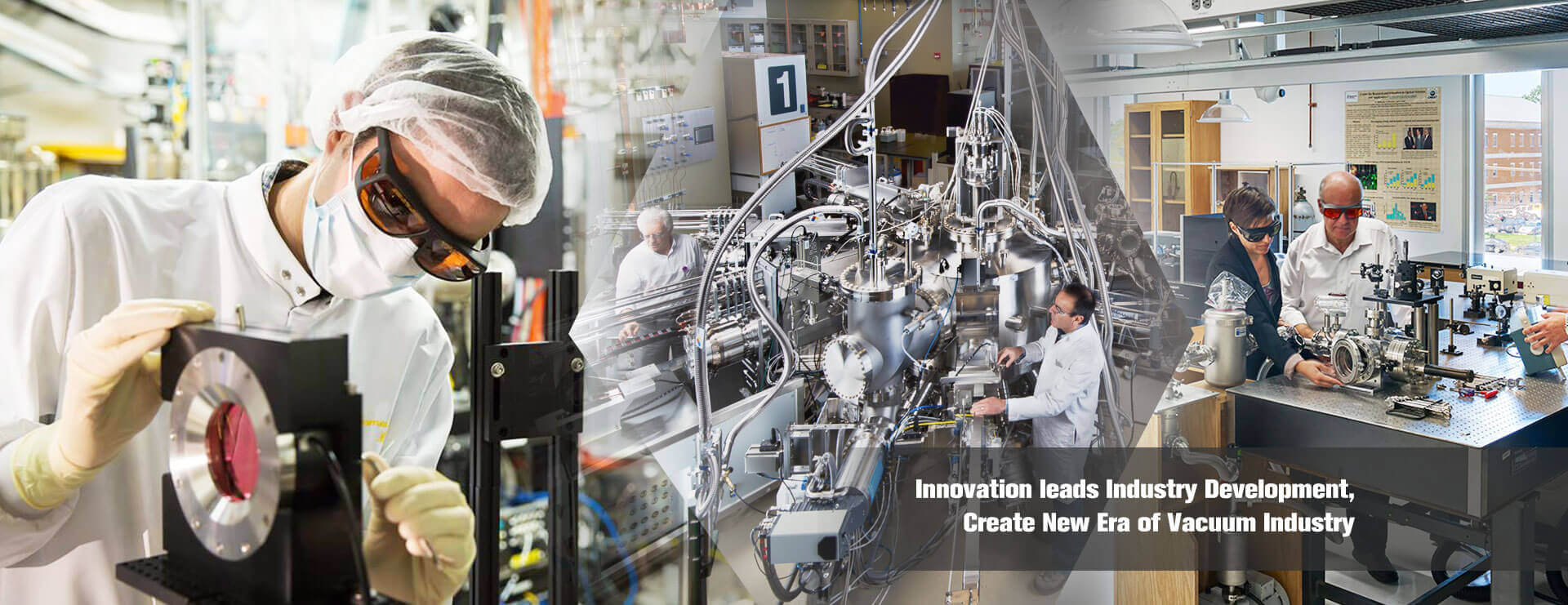A vacuum pump is a device that generates, improves and maintains a vacuum in an enclosed space by various methods. A vacuum pump can be defined as a device or equipment that uses mechanical, physical, chemical or physicochemical methods to pump the vessel being pumped to obtain a vacuum. With the development of vacuum applications, a wide range of vacuum pumps has been developed, with pumping rates ranging from a few litres per second to hundreds of thousands and millions of litres per second. The ultimate pressure (ultimate vacuum) ranges from rough vacuum to very high vacuums above 10-12 Pa.
The division of vacuum
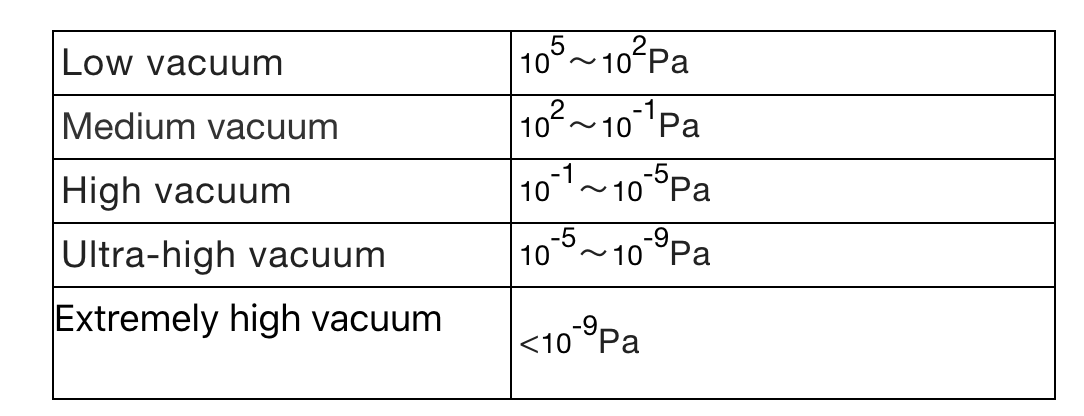
Classification of vacuum pumps
According to the working principle of vacuum pumps, vacuum pumps can be basically divided into two types, namely variable volume vacuum pumps and momentum transfer pumps. A variable volume vacuum pump is a vacuum pump that uses the cyclic change of the pump chamber volume to perform suction and discharge for pumping purposes. The gas is compressed before being discharged from the pump chamber. Momentum transfer pumps (molecular vacuum pumps) rely on high speed rotating vanes or high speed jets to transfer momentum to the gas or gas molecules so that the gas is continuously transferred from the pump inlet to the outlet. (Separate paragraph introduction) Variable volume vacuum pumps are divided into: reciprocating, rotary (rotary vane, slide valve, liquid ring, Roots, spiral, claw rotor), other types.
Operating pressure range for all types of vacuum pumps
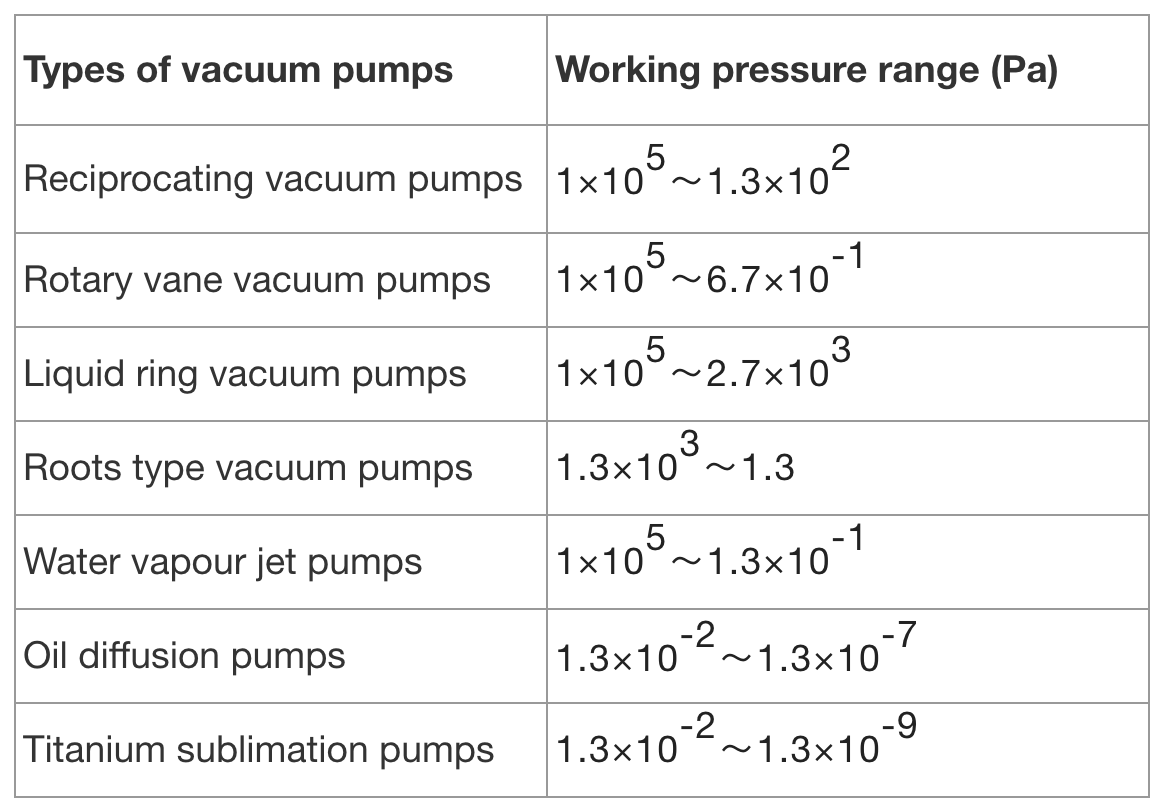
Post time: Nov-02-2022

